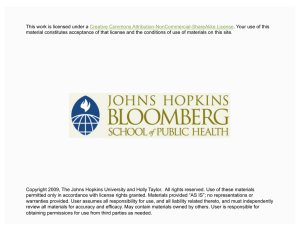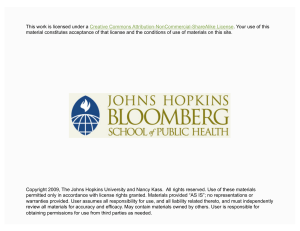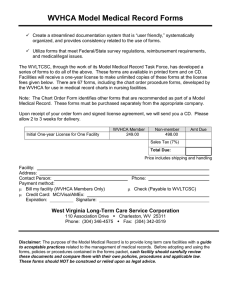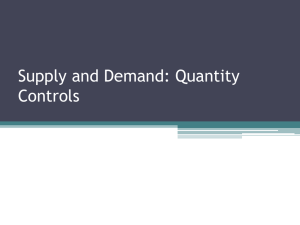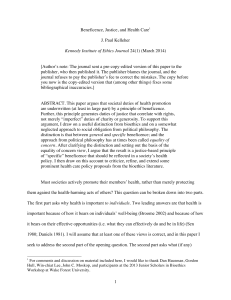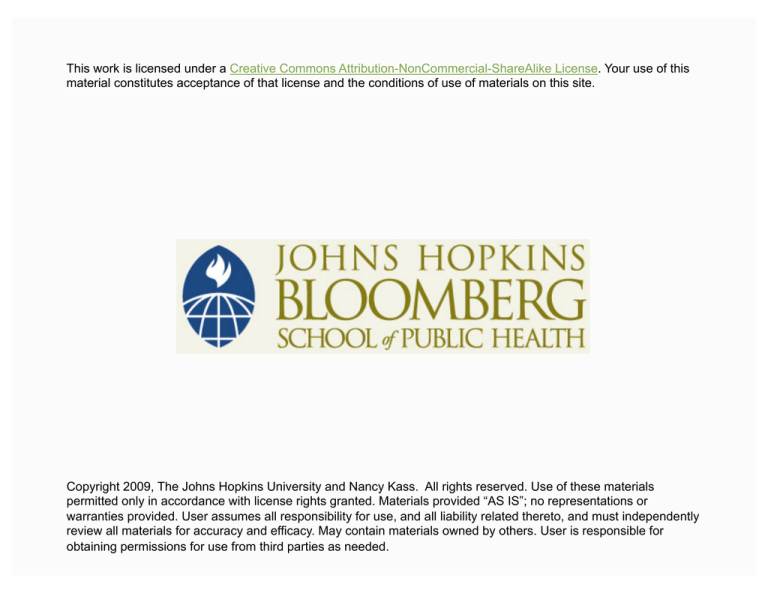
This work is licensed under a Creative Commons Attribution-NonCommercial-ShareAlike License. Your use of this
material constitutes acceptance of that license and the conditions of use of materials on this site.
Copyright 2009, The Johns Hopkins University and Nancy Kass. All rights reserved. Use of these materials
permitted only in accordance with license rights granted. Materials provided “AS IS”; no representations or
warranties provided. User assumes all responsibility for use, and all liability related thereto, and must independently
review all materials for accuracy and efficacy. May contain materials owned by others. User is responsible for
obtaining permissions for use from third parties as needed.
Section B
Balancing Risks and Benefits (cont.)
What Are the Possible Risks to Communities?
Social
- Reputation/stereotyping
- Expatriation/deportation
- Homelessness
3
What Are the Possible Risks to Communities?
Social
- Reputation/stereotyping
- Expatriation/deportation
- Homelessness
Physical (generally secondary to social risks/breaches of
confidentiality)
4
What Are the Possible Benefits for Communities/Society?
Medical: scientific knowledge; improved health
Material/economic/capacity development
5
Relationship of Study Design to Beneficence
Bad science is bad ethics
- Is there sufficient sample size to yield valid findings?
Does design pose undue risk?
- Would alternative designs pose fewer risks?
Is randomization appropriate?
Are placebos appropriate?
6
Relationship of Beneficence to Justice
Beneficence requires that the risk/benefit balance is acceptable
within a given study
Justice requires that the risk/benefit balance is reasonable for the
population or individual affected/included
7
Take-Home Messages
Think about all types of risks and benefits
Think of risks and benefits in relation to both individuals and
communities
Know that risks and benefits can change with the context of your
study
Always do what you can to minimize the risks you identify
8

